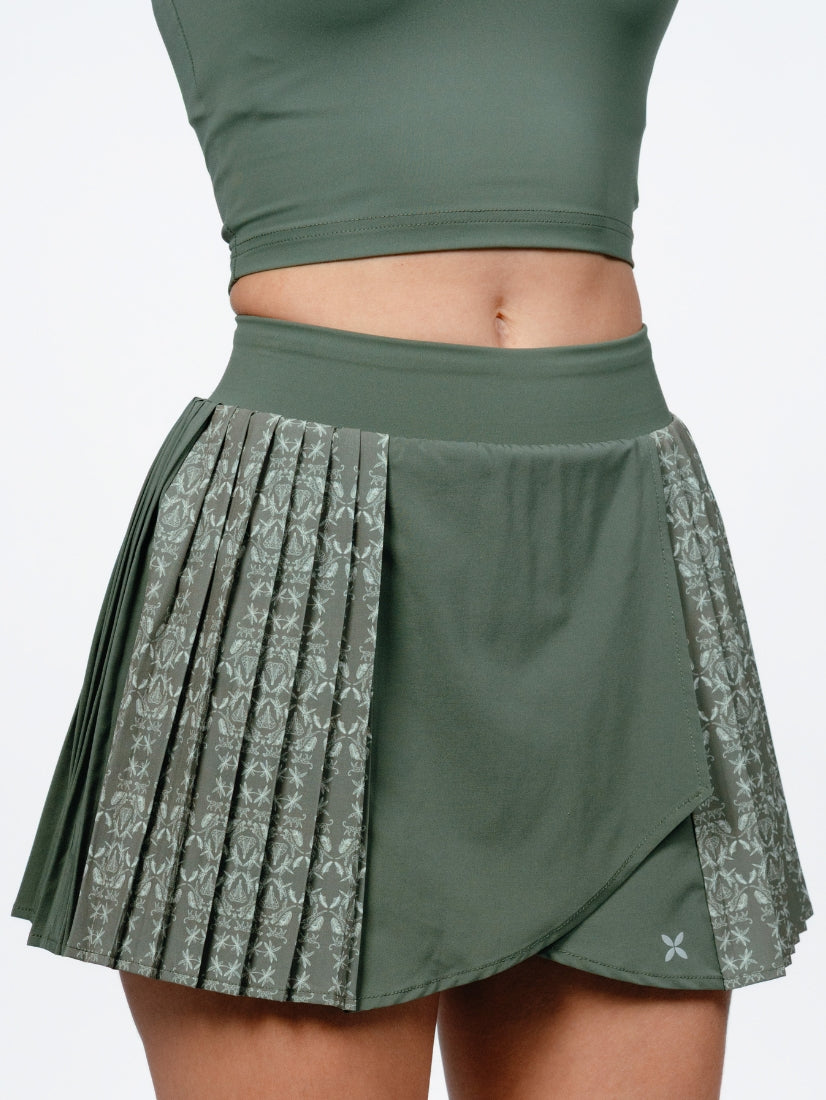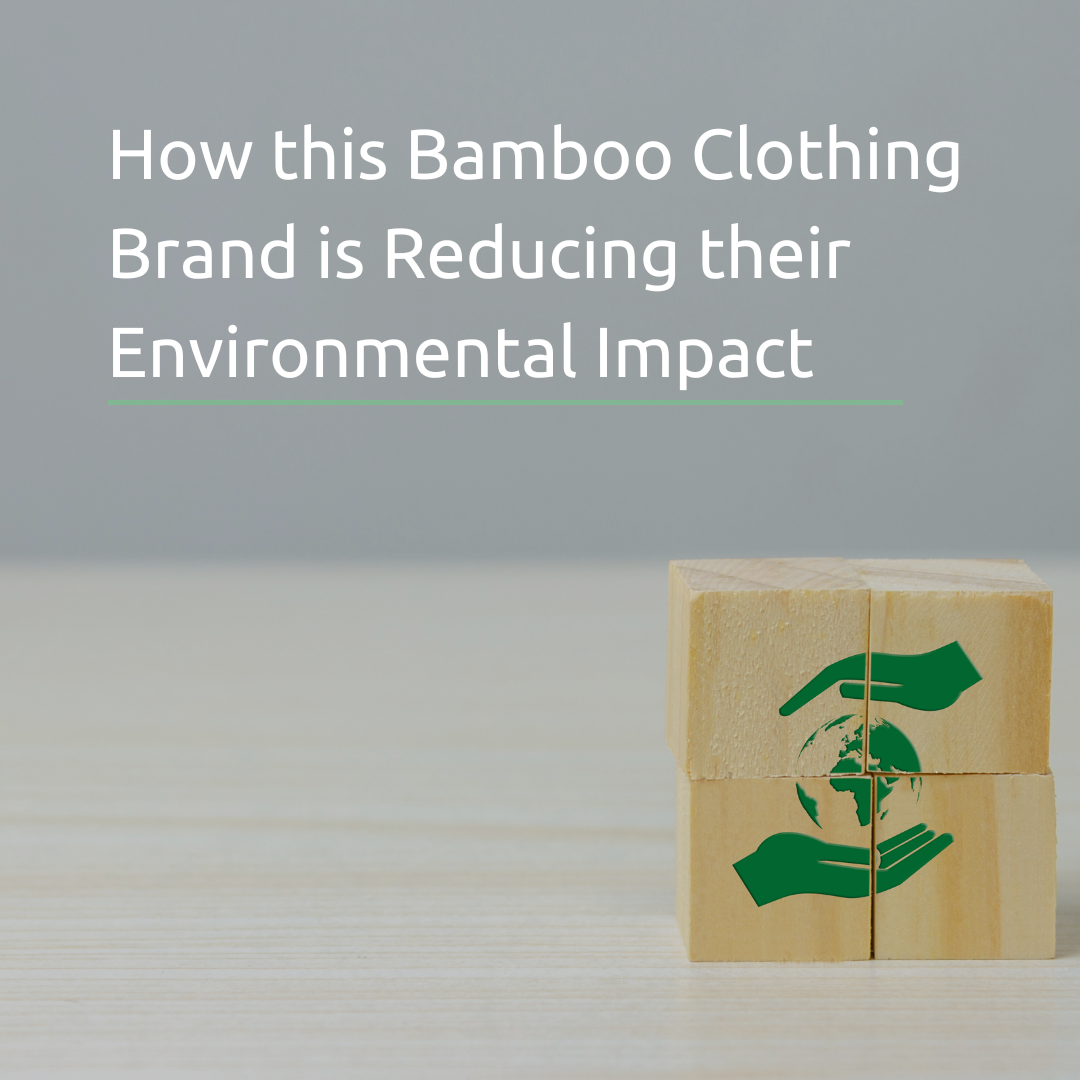The invention of synthetic fabrics ushered in a new age of global fashion and culture. A product of chemistry and technology, these types of fibres quenched the industry’s need for alternative resources other than naturally-sourced materials. It made clothing more affordable and accessible to the public. Since their entry into our grandparents’ wardrobes in the post-war era, synthetic fibres have always been skin-to-skin with us.
However, the paradox of innovation rings true in the case of synthetic fabrics: the very thing we invented as a solution to our problems is causing new problems. Since these are made from petroleum and oil byproducts, mass production of synthetic fabrics catapulted the fashion industry to the topmost tier of carbon polluters. Decades after its first introduction to the market, synthetic fibres are finally showing us their true–albeit artificial–colours.
Materials to watch out for
If you are still familiarising yourself with how to make more ethical clothing choices, you may want to start by looking at the labels of pieces you already have sitting in your closet. Note that synthetic fibres can be found in popular fabrics such as polyester, nylon, rayon, and acrylic, among others.
In the next section, we’ll explore the numerous reasons you might want to hold back on shopping for synthetic clothes and consider eco-friendly alternatives instead.
Reasons to stop patronising synthetic clothes
From their barely noticeable effects on an individual level up to their devastating environmental impact, here’s why you should stop wearing synthetic clothes:
1. They expose you to harmful chemicals
If you think crude oil belongs to your car’s gas tank only, you’d be wrong because synthetic fibres are crafted from fossil fuel crude oil. Imagine, your clothes are supposed to protect you from external elements that our skin shouldn’t touch, but as it turns out those very clothes are bringing us closer to harmful chemicals. Let that sink in.
Specific to polyester, this type of synthetic fabric is made from abrasive chemicals that cause skin rashes to its wearers.
2. They trap bacteria, which can lead to body odour
The simple fact is this: as humans, we all secrete body odour and bacteria from our day-to-day affairs, and that’s normal! Despite this, nobody wants clothes that reek of odour. Fresh-smelling clothes will always be in style, as they help us build confidence and self-esteem.
But did you know that synthetic clothes aren’t exactly your best bet for smelling fresh? That’s because its fibres are friendlier to bad bacteria from sweat and dirt which our body naturally collates in a day. And when bacteria are trapped in your clothes, they tend to develop a funky smell.
Stay fresh. Go for apparel made from naturally-sourced materials like bamboo.
3. They tend to be uncomfortable to wear
One of the main cons of wearing synthetic clothes is that there’s no room for breathability. Their fine, artificial fibres aren’t designed to let air circulate as needed by our bodies. In the end, wearers would have to endure that sticky, yucky feeling.
4. They have a shorter lifespan
The proliferation of synthetic fabrics is the very foundation fast fashion is standing on. Their business model is simple— produce cheap, sell cheap, repeat. The problem is that these synthetic, man-made materials aren’t designed to last long. Durability isn’t at the top of fashion brands’ minds because they want you to keep buying from them!
It’s disappointing to see that after just a few uses, your favourite shirt is already beginning to either shrink, fade in colour, or even develop holes or rips. To avoid this situation, buy clothes made from naturally strong materials so you can enjoy them for a longer time.
5. They’re in hot water for the ever-worsening waste crisis it caused
Synthetic clothes are non-recyclable. It’ll take thousands of years for that dress you threw away to disintegrate into nothingness. Or worse, its microplastics will stay here– forever. That’s bad news for the environment and for us who live in it.
While they’re not the sole culprits, the fashion industry is one of the world’s top waste producers, with 13 million tons of textiles thrown away every year. In an effort to alleviate these numbers, a study by Changing Markets Foundation entitled Synthetics Anonymous reveals that some companies are looking to introduce recycled synthetics in clothing — meaning clothes for upcoming collections may be made from materials like recycled plastics, polyester, and used garments. Despite its noble intention, it could be argued that this is nothing but a band-aid solution—a greenwashing PR initiative— since, well, nobody said anything about reducing or phasing out synthetic clothes.
6. And they’re adding fuel to the fire of climate change
Year after year, fashion’s greenhouse gas emissions continue to skyrocket. And while it’s easy to blame logistics and operations for this, global production of synthetic fibres alone is such a tedious process requiring so much energy and resources.
However, their impact doesn’t stop at production. Where do you think your used clothes end up after you throw them? In the landfill, to be burned. Now that’s an awful lot of harm for Mother Earth.
Go for clothing that’s healthy for you and for the environment
We hope we’ve helped open your eyes to the dangerous reality of wearing synthetic clothes. Sadly, in the case of synthetic fibres, what was once-revered as a wonder of chemistry is now threatening not only our health but the planet’s existence.
Our recommendation? Do your part by switching to more sustainable and eco-friendly clothing pieces, just like the ones you’ll find here at Kualesa. Add to cart today!
References:
- Bose, D. S. (2021, January 25). Can recycled synthetic fabrics solve fashion's waste problem? ZERRIN. Retrieved January 14, 2023, from https://zerrin.com/can-recycled-synthetic-fabrics-solve-fashions-waste-problem
- Bucci, J. (2015, April 25). Fashion archives: A look at the history of synthetic fiber. StartUp FASHION. Retrieved January 13, 2023, from https://startupfashion.com/fashion-archives-history-synthetic-fiber/
- Cummings, A., & Gushée, S. R. (2018, March 23). 5 reasons to avoid synthetic clothing (and switch to natural fibre!). Ruan. Retrieved January 13, 2023, from https://www.ruanliving.com/blog/5-reasons-to-avoid-synthetic-clothing
- Eppinga, A. (2023, January 5). Fashion industry still addicted to fossil fuels. Innovation Origins. Retrieved January 14, 2023, from https://innovationorigins.com/en/fashion-industry-still-addicted-to-fossil-fuels/
- How much waste does the fashion industry produce? The Pretty Planeteer. (2021, January 7). Retrieved January 14, 2023, from https://theprettyplaneteer.com/fashion-industry-waste/
- Kativa, H. S. (2016, October 3). Synthetic threads. Science History Institute. Retrieved January 13, 2023, from https://www.sciencehistory.org/distillations/synthetic-threads
- Lin, C. (2017, January 17). 5 reasons why you should avoid wearing polyester. SiiZU. Retrieved January 13, 2023, from https://siizu.com/blogs/fabric-talk/5-reasons-why-you-should-avoid-wearing-polyester
- Portela, V. (2021, March 9). The fashion industry waste is drastically contributing to climate change. CALPIRG. Retrieved January 13, 2023, from https://pirg.org/california/articles/the-fashion-industry-waste-is-drastically-contributing-to-climate-change
- Ramirez, I. (2023, January 4). Your stuff is actually worse now. Vox. Retrieved January 13, 2023, from https://www.vox.com/the-goods/23529587/consumer-goods-quality-fast-fashion-technology
- Synthetics Anonymous 2.0: Fashion’s persistent plastic problem. (2022). Synthetics Anonymous 2.0, II. Retrieved January 13, 2023, from http://changingmarkets.org/wp-content/uploads/2022/12/Synthetics-Anonymous-2.0-Report-final-web.pdf.
- Woytus, A. (2017, July 19). Synthetic fabrics inspired a cultural revolution - JSTOR DAILY. Retrieved January 13, 2023, from https://daily.jstor.org/synthetic-fabrics-inspired-cultural-revolution/












